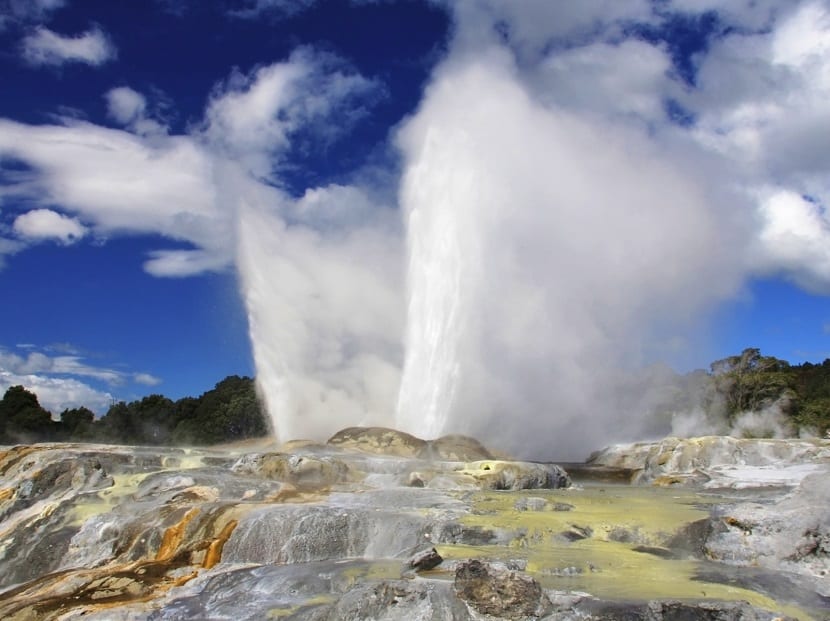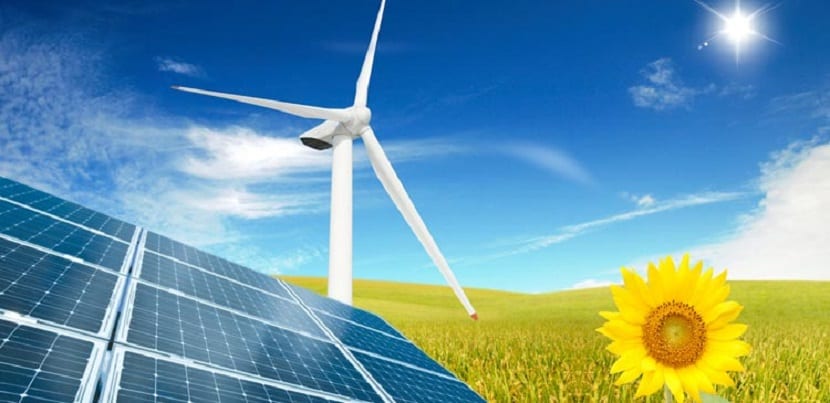
For these countries, the massive use of renewable energy is not an objective to be achieved, but rather an achievement to maintain. Making the most of your natural resources Some countries have made the dream of having a 2017% renewable energy source come true in 100.
Four states are doing very well in renewable energy matter, giving energy lessons to large economies, that is, generating all their needs with "green" energy.
Uruguay
The first of these countries is Uruguay. On September 14, the South American country achieved almost 24 hours of generation from wind, hydroelectric, biomass and solar energy.
Renewable Energy
The government of this country highlights that in the last 6 years Uruguay has invested more than 22 billion dollars in sustainable renewable energy, to overcome in this way its dependence on oil and gas.
Ramón Méndez, National Director of Energy and promoter of the 25-year plan, which since 2008 seeks to revolutionize the Uruguayan energy production, said "We are going to have many moments in which up to 100% of the electricity that we consume in Uruguay will be of wind origin".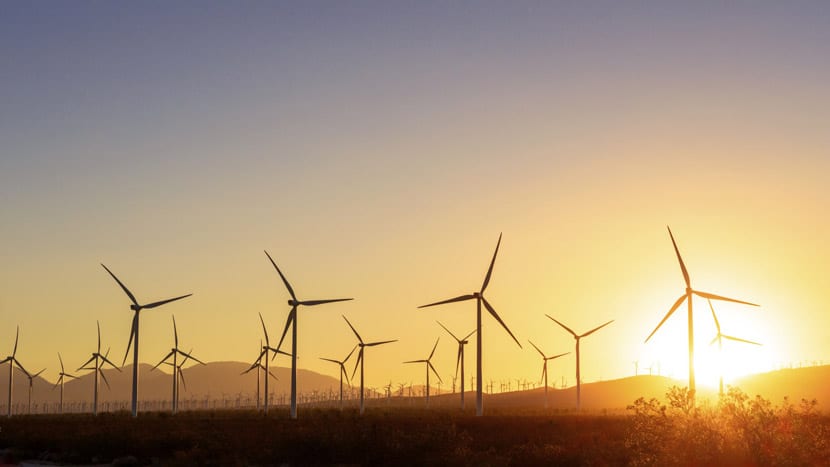
This small country of 3,3 million inhabitants has already taken advantage of the full potential of its rivers for hydroelectric generation and has been investing every year 3% of its Gross Domestic Product (GDP) in a structural reform to achieve energy sovereignty in years of drought and reduce its environmental footprint.
According to Méndez, "Of all the energy that Uruguay consumes, about 50% is based on renewable energies, and within the electricity sector in 2015 more than 90% will come from renewable energies."
If we look at a report from the World Wide Fund for Nature (WWF in English), Costa Rica, Uruguay, Brazil, Chile and Mexico are leading efforts in the region to change paradigm and opt for renewable energy instead of fossil fuels such as oil and coal.

Costa Rica
When Costa Rica started talking about clean energy more than 30 years ago, it seemed like a joke, but it didn't take long for others to copy its steps. To this day, the country known as the Central American Switzerland, has begun to reap great successes beyond promises and good intentions.
Costa Rica is making steady progress to become the first 100% renewable Latin American country, taking advantage of hydroelectric, geothermal, solar and biomass resources.
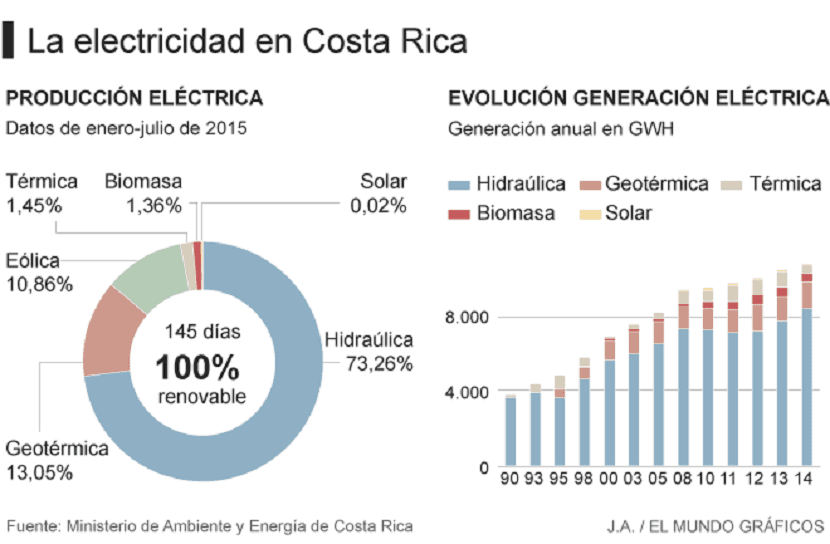
the World Wildlife Fund (WWF) indicates that the country is close to reaching a new milestone in its energy history: to become the first country in Latin America powered by 100% renewable energy.
If the report is analyzed, the WWF shows that Costa Rica has a potential of 223.000 gigawatts per year of hydroelectricity, of which at less 10% is being exploited, and has a large geothermal and wind generation capacity. "It is the largest renewable energy paradise in the Central American region."
In addition, the government set itself the goal of achieving a carbon neutral economy, and for this it opted to reach 2021 with energy consumption totally based on renewable sources.
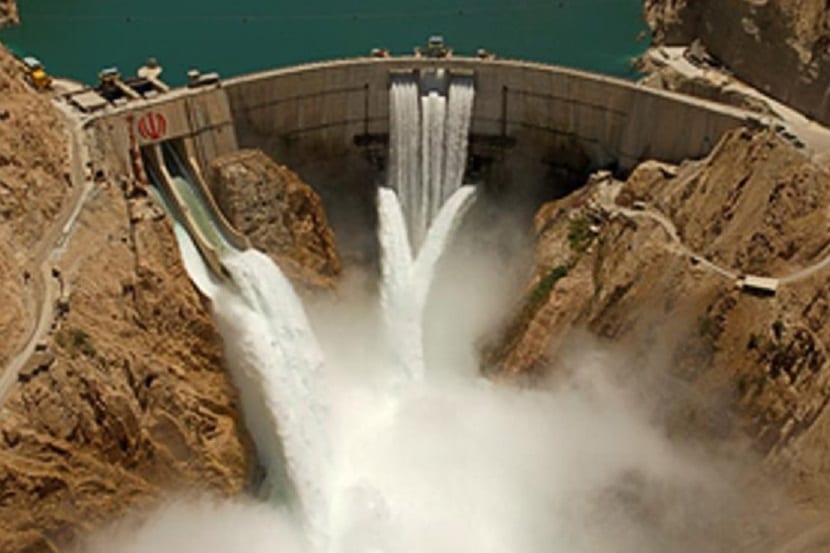
Lesotho
In 1998 the first hydroelectric plant in the country was inaugurated. This produces 90% of the energy it needs, the country's SMEs are based on the transformation of agricultural products and the manufacture of clothing. The latter benefited from the country's qualification to receive the benefits of the Africa Growth and Opportunity Act from the US government. Lesotho has managed to be 100% renewable, thanks to hydroelectric power, but it still struggles with the drought at those times it buys energy from other neighboring countries. The renewable process must be consolidated and is in the process of being solved.
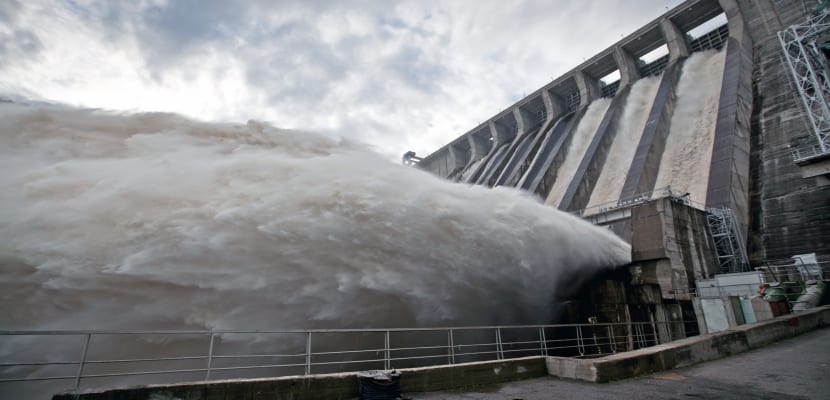
Iceland
The energy on this small island in northern Europe is based almost entirely on renewable energy. In 2011 the country produced 65 GWh of primary energy, of which more than 85% came from local renewable energy sources.
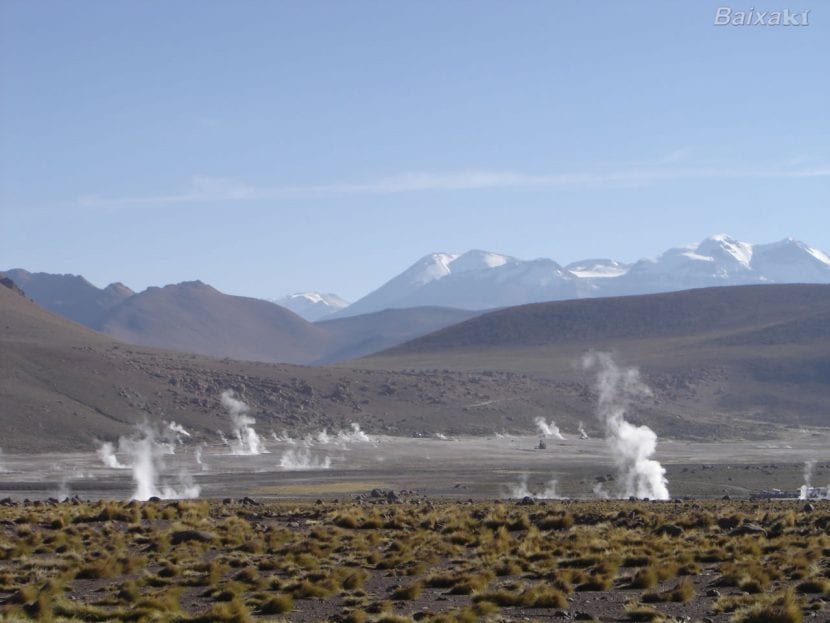
The geothermal energy of the volcanoes contributed two thirds of the primary energy, complemented with the hydroelectric 19,1% and other sources. In 2013, the electricity produced reached 18116 GWh, which were generated practically 100% renewable energy "exceeded 99% in 1982 and have been almost exclusive since then."
The main uses of geothermal energy they are the heating of buildings, with 45,4% of the total geothermal consumption, and the production of electricity, with 38,8%.
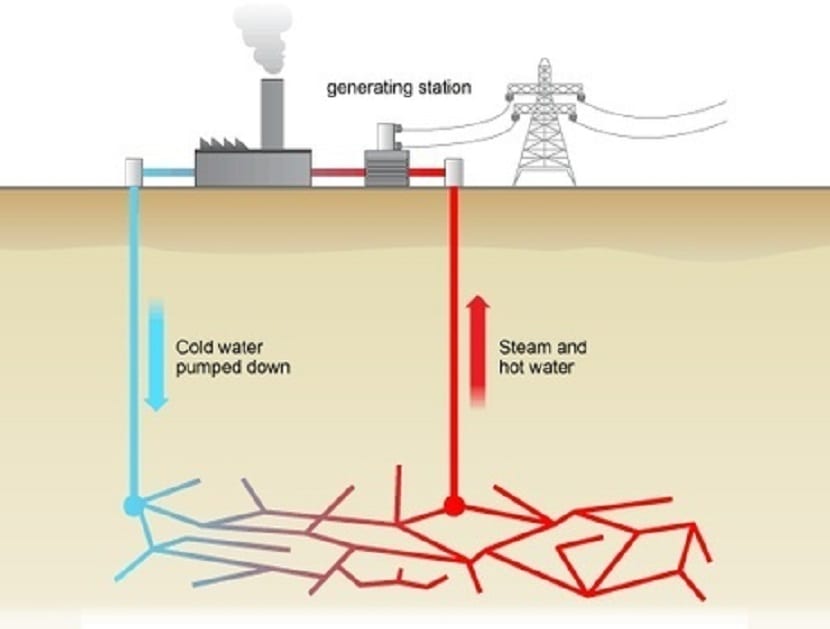
About 85% of the country's houses are they heat up with this renewable energy.
